Atamasca Lily, also known as Common Atamasco-lily, Fairy Lily, Rain Lily, or Zephyr Lily, is a graceful flowering plant scientifically named Zephyranthes atamasco. Belonging to the Amaryllidaceae family, it is native to the southeastern United States and thrives as a perennial bulb. This species, admired for its delicate beauty, holds historical significance as one of the first wildflowers noticed by the Jamestown colonists upon their arrival in America.
The name Zephyranthes is derived from the Greek words “Zephyrus” (West Wind) and “anthos” (flower), reflecting its connection to gentle breezes and natural elegance. Its species name, atamasco, originates from a Native American term meaning “under grass,” perfectly capturing its tendency to bloom amidst grassy landscapes.
| Common name | Atamasca Lily, Common Atamasco-lily, Fairy Lily, Rain Lily, Zephyr Lily |
| Botanical name | Zephyranthes atamasco |
| Family | Amaryllidaceae |
| Species | atamasco |
| Origin | SE USA |
| Life cycle | Bulb |
| Plant type | Bulb |
| Hardiness zone | 7, 8, 9, 10 |
| Sunlight | Full Sun |
| Maintenance | Low |
| Soil condition | High Organic Matter |
| Soil ph | Acid |
| Drainage | Poorly Drained |
| Growth rate | Medium |
| Spacing | Less than 12 in. |
| Harvest time | Spring |
| Flowering period | Spring |
| Height | 1 ft. – 2 ft. |
| Flower color | Pink |
| Leaf color | Green |
| Fruit color | Brown, Copper |
| Stem color | Green |
| Fruit type | Capsule |
| Flower benefit | Fragrant |
| Garden style | Butterfly Garden |
| Uses | Coastal |
I. Appearance and Characteristics
Zephyranthes atamasca, commonly known as the atamasco-lily or more generally a rain-lily, is native to the southeastern United States. It grows in swampy forests and coastal prairies, preferring acid boggy soils rich with leaf mold.
The scientific name of this species has a somewhat complex history. In 1753, in the first edition of Species Plantarum, Carl Linnaeus placed it in the genus Amaryllis using the epithet “Atamasca” (the capital “A” showing that this was intended as a noun, not an adjective). However, in the second edition of Species Plantarum, he changed the spelling to “Atamasco” (again with a capital “A”).
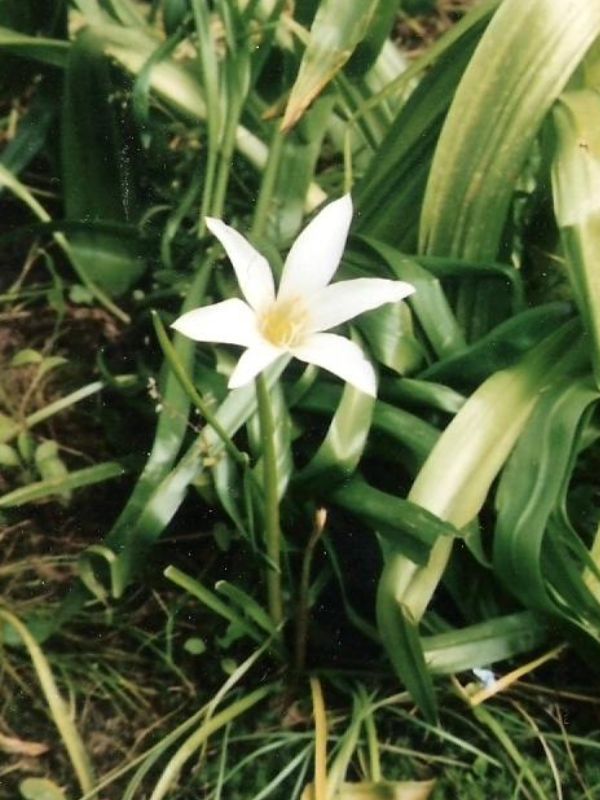
“Atamasco” is the Native American name. When in 1821, William Herbert transferred the species to his genus Zephyranthes he used Linnaeus’s later spelling for the epithet, i.e. Zephyranthes atamasco, this being the type species of the genus. Many sources have used this spelling subsequently. However, the International Code of Nomenclature for algae, fungi, and plants conserves the type of Zephyranthes using the spelling atamasca.
Its native range extends from Florida north to Maryland and west to Mississippi. The species is also naturalized in Bermuda and in the Mariana Islands.
Small, colony-forming perennials, 8-15 in. tall, with thick, shiny, grooved, grass-like leaves forming loose clumps. Solitary flowers are borne on leafless stalks. The showy flowers are white (rarely pink), with six distinct lobes, united to form a funnel. They turn pink with age. From an underground bulb grow several flat leaves; leafless flower stalks, usually single and about as tall as the leaves, bear white lily-like flowers, tinged with pink. Both its leaves and bulbs are poisonous.
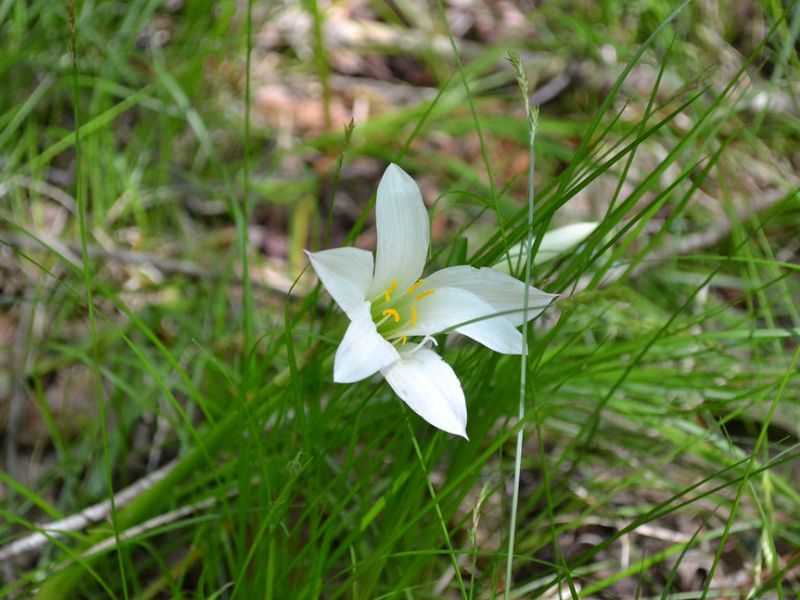
II. How to Grow and Care
Sunlight
Atamasco-lily grows best in areas with full sun. However, it will tolerate partial shade in warmer climates that experience a longer summer.
Temperature
Atamasco-lily is fairly hardy but won’t survive the winter in regions where temperatures reach below 12 ℃. In colder climates, you can grow your atamasco-lily in containers or dig the bulbs up and bring them indoors for the winter. The plant is tolerant of both dry and moist conditions, and doesn’t typically require supplemental watering.
Hardiness
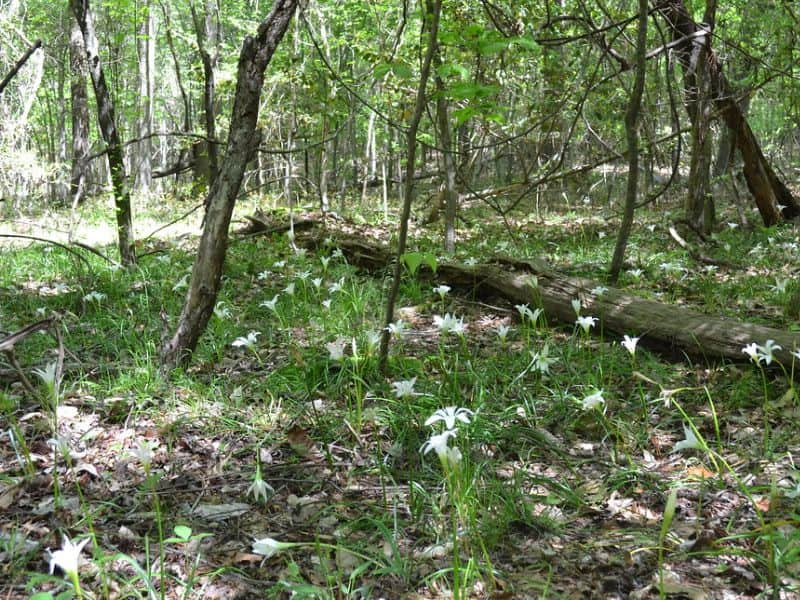
The hardiness zone for this succulent is 7 – 10. It is not frost-hardy. If planted outdoors in an area prone to frost, ensure that the bulb is dug out and shifted to a place that is frost-free. If grown in containers, ensure the pots are brought inside before the cold season starts.
Watering
Originating from moist meadows and woodlands, atamasco-lily thrives in environments that mimic the consistent moisture of its native habitat. This species is moderately drought-tolerant but prefers a stable level of hydration to flourish. Watering every week will maintain its optimal water balance. As an herbaceous bulb, atamasco-lily benefits greatly from a well-draining soil that retains enough moisture to support its growth cycles without becoming waterlogged, especially when grown outdoors.
Soil
Atamasco-lily tolerates a wide range of soil conditions. It can be grown in dry, sandy soil or moist, clay soil. The plant thrives in soil that has a neutral to slightly acidic pH, around 7 or slightly below is ideal. Moderately fertile soil is fine for your atamasco-lily.
Fertilizing
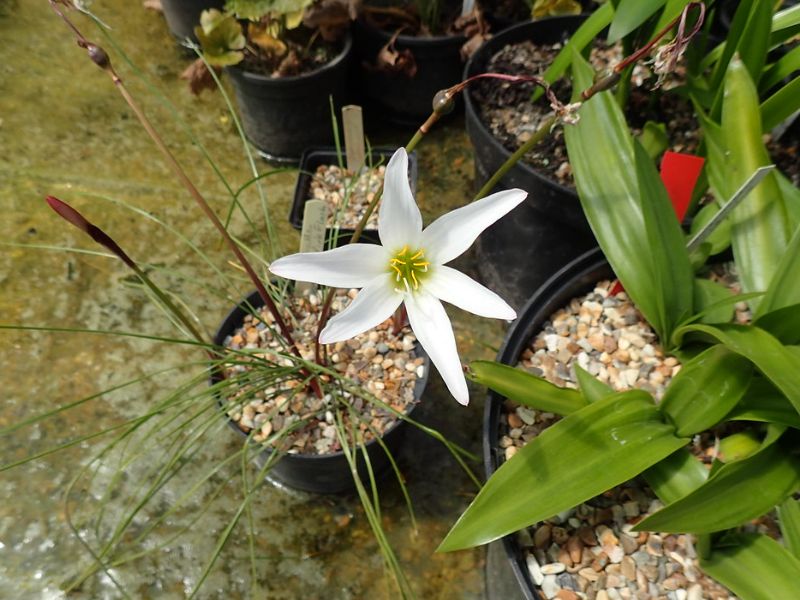
For optimal growth, atamasco-lily benefits from balanced nutrition fertilizers (like 10-10-10) during active growth, shifting to high phosphorus types before blooming to enhance flowering. Fertilize atamasco-lily monthly in spring and summer, using diluted solutions to prevent root burn. During dormancy in fall and winter, reduce fertilization. Always water atamasco-lily after feeding to distribute nutrients and use half-strength fertilizer to safeguard against over-fertilization.
Planting Instructions
Planting atamasco-lily is simple and easy. Choose an area with full sun. If you have heavy clay soil or your soil has poor fertility, it’s a good idea to add some compost to your planting hole. Plant your bulbs 10 to 20 cm deep with the pointed tips facing up. Those in colder climates should plant them deeper (about 20 cm) than those in warmer climates. Water well after planting.
Pruning
Atamasco-lily doesn’t require pruning to thrive. If desired, you can trim back foliage after it has completely died back in the fall.
Propagation
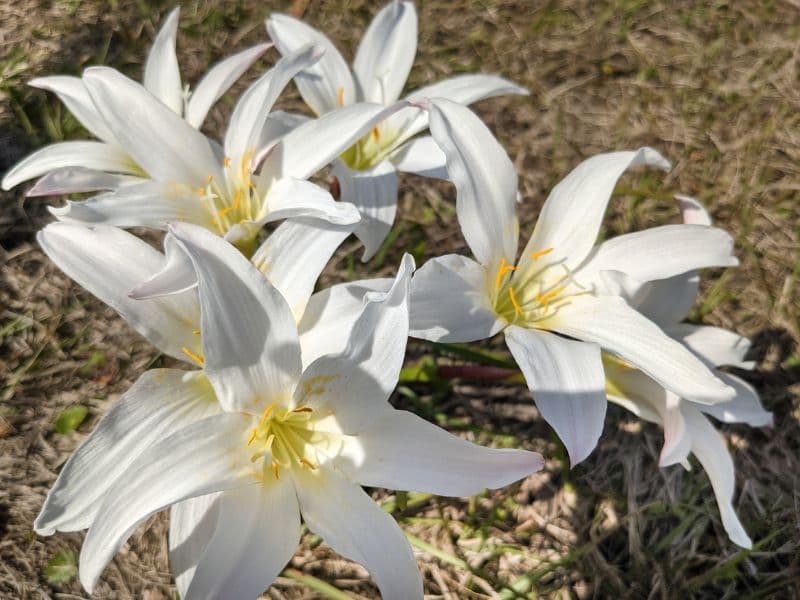
Atamasco-lily is best left to spread on its own, but if you want to move it to a new area, you can easily divide the plant. After it has finished blooming, and just before it has gone dormant, is the best time to do so. Carefully dig up and separate bulbs and immediately replant them. Water them in well.
Find Where to Buy the Best Atamasco Lily (Zephyranthes atamasco)






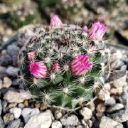









Leave a Reply